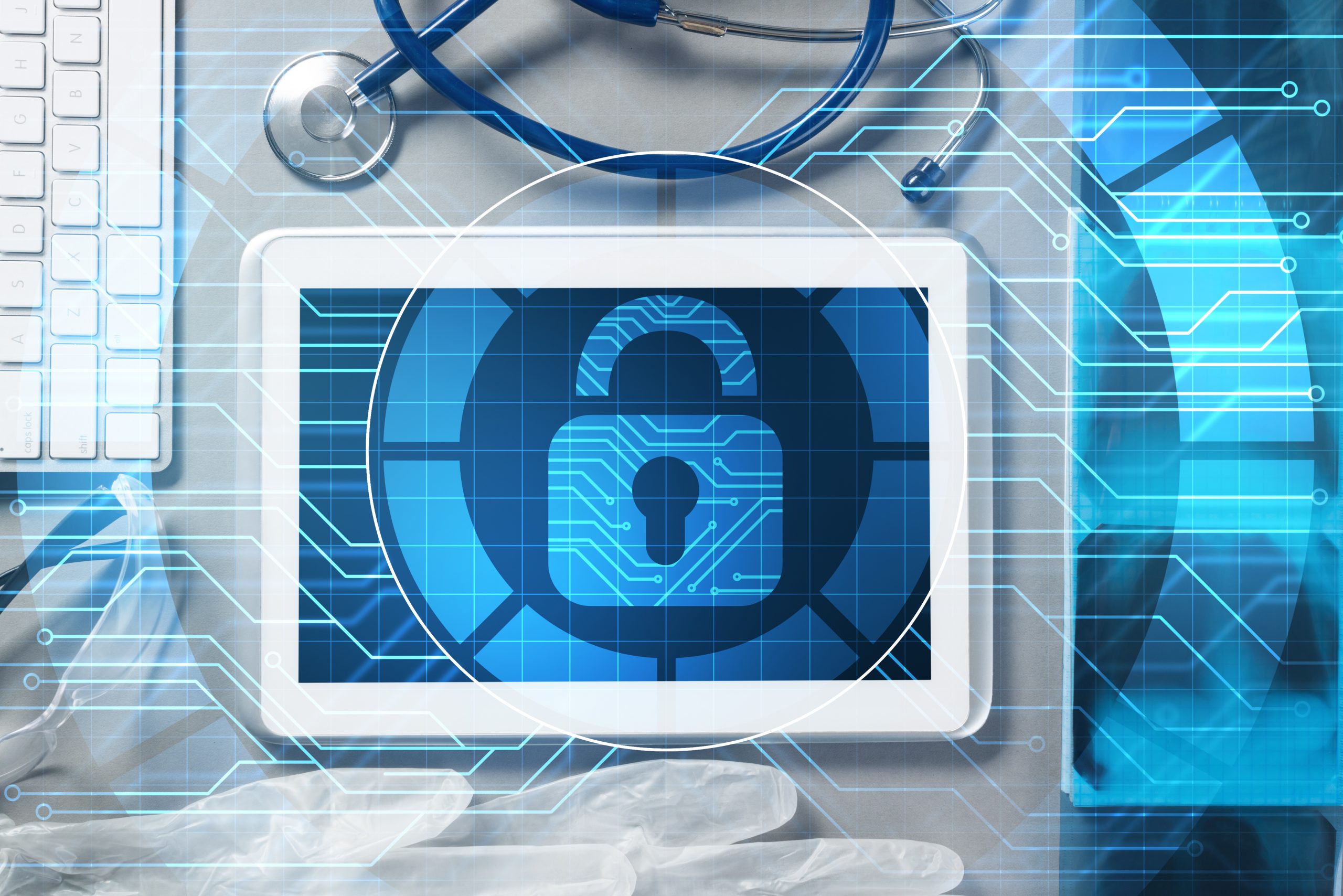Recent developments in cybersecurity have significantly impacted medical devices and the broader healthcare sector. Here are five notable trends:
- Enhanced Regulatory Frameworks: In January 2025, the U.S. Department of Health and Human Services (HHS) proposed updates to the HIPAA Security Rule to bolster cybersecurity measures for electronic protected health information (ePHI). Key changes include mandatory annual technical inventories, rigorous security risk assessments, enhanced vendor oversight, mandatory multi-factor authentication (MFA), and updated encryption standards. These updates aim to strengthen security controls and reduce breach risks in healthcare organizations. citation: here
- Escalation of Ransomware Threats: Cybersecurity officials have raised alarms about the Medusa ransomware, active since 2021, which employs phishing campaigns to steal credentials and operates on a double extortion model—encrypting data while threatening public release if ransoms aren’t paid. This ransomware has targeted over 300 victims across various sectors, including medical, education, and manufacturing, underscoring the critical need for robust cybersecurity measures in healthcare. citation: here
- FDA’s Updated Cybersecurity Guidance for Medical Devices: In September 2023, the FDA issued final guidance titled “Cybersecurity in Medical Devices: Quality System Considerations and Content of Premarket Submissions.” This document provides recommendations on cybersecurity considerations and the necessary information to include in premarket submissions, emphasizing the importance of integrating cybersecurity measures throughout the medical device lifecycle. citation: here
- Rising Cyberattack Incidents in Healthcare: Reports indicate that 92% of U.S. healthcare organizations experienced a cyberattack in the past year, with the average cost of the most expensive attack reaching $4.7 million. This alarming statistic highlights the increasing frequency and financial impact of cyber threats on healthcare institutions. citation: here
- Advancements in Cybersecurity Technologies: Innovative approaches, such as the development of Convolutional Neural Network (CNN)-based models for detecting cyberattacks within the Internet of Medical Things (IoMT) environments, have emerged. These models have demonstrated superior performance in identifying threats, achieving high accuracy in classification tasks, thereby enhancing the protection of connected healthcare systems. citation: here
In Canada – elbows up!
Recent developments in cybersecurity have significantly impacted medical devices and the healthcare sector in Canada. Here are five notable developments:
- Increased Cyberattacks on Canadian Healthcare Institutions: Since 2015, there have been at least 14 major cyberattacks on Canadian health information systems, with nine involving ransom attempts and six compromising personal health information. These attacks have led to delays in care, patient diversions, and increased mortality, underscoring the critical need for robust cybersecurity measures in healthcare. citation: here
- Rising Threats to Connected Medical Devices: The proliferation of connected medical devices, such as pacemakers and insulin pumps, has introduced new vulnerabilities. Cyberattacks targeting these devices can lead to malfunctions or unauthorized data access, posing significant risks to patient safety. citation: here
- Emphasis on Cybersecurity in Medical Device Regulations: Recognizing the growing threats, Canadian regulatory bodies are increasingly focusing on the cybersecurity of medical devices. Manufacturers are now expected to implement robust security measures to protect against potential cyber threats throughout the device lifecycle. citation: here
- Advancements in Cybersecurity Technologies: Innovative approaches, such as machine learning algorithms and blockchain technology, are being explored to enhance the security of the Internet of Medical Things (IoMT). These technologies aim to address vulnerabilities and protect patient data within connected healthcare systems. citation: here
- Calls for Improved Cybersecurity Practices in Healthcare: Experts are advocating for enhanced cybersecurity measures within Canadian healthcare organizations. Emphasizing the importance of protecting patient data and ensuring the integrity of medical devices, these calls highlight the need for comprehensive security strategies to safeguard against evolving cyber threats. citation: here
Collectively, these developments highlight the pressing need for strengthened cybersecurity measures to protect medical devices and patient data within Canada’s healthcare sector.


Leave a Reply
You must be logged in to post a comment.